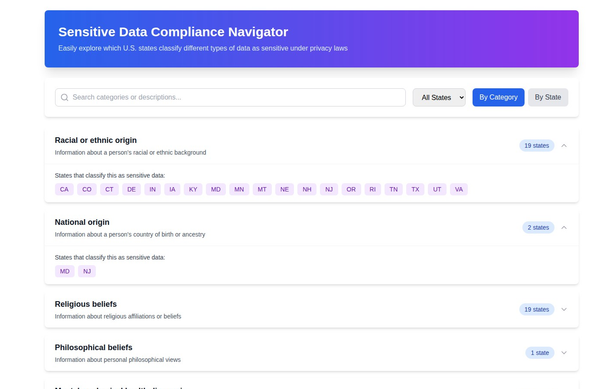The Future of Biometric Data: Privacy and Compliance Challenges

Summary: This article will explore the increasing use of biometric data, discussing the privacy and compliance challenges it presents.
Biometric data, which includes unique human characteristics such as fingerprints, facial patterns, voice or iris prints, is increasingly being used for identification and security purposes. As the use of biometric data expands, so do the privacy and compliance challenges associated with it. This article explores the future of biometric data and the privacy and compliance challenges that organizations may face.
Biometric Data: A Brief Overview
Biometric data refers to unique, measurable human biological and behavioral characteristics that can be used for identification and authentication. Examples of biometric data include fingerprints, facial recognition, iris scans, voice recognition, and even behavioral characteristics like keystroke patterns or gait analysis.
The use of biometric data is becoming more common, particularly in security and identification systems. For example, many smartphones now use fingerprint or facial recognition for unlocking, and airports are increasingly using biometric data for passenger identification.
Privacy Challenges
The use of biometric data poses significant privacy challenges. Unlike passwords or PIN numbers, biometric data is inherently personal and cannot be changed. If a biometric data set is compromised, the individual associated with that data could potentially be identified or impersonated.
Moreover, the collection and storage of biometric data raise concerns about consent, data minimization, and purpose limitation. Individuals must be informed about the collection and use of their biometric data, and this data should only be collected and stored for specified and legitimate purposes.
Compliance Challenges
Compliance with data protection regulations is another significant challenge associated with the use of biometric data. Many jurisdictions have specific requirements for the processing of biometric data. For example, under the EU's General Data Protection Regulation (GDPR), biometric data used for identification purposes is considered a special category of personal data and is subject to stricter processing conditions.
Organizations that collect and process biometric data must ensure that they have robust data protection policies and procedures in place. They must also ensure that they obtain valid consent from individuals before collecting and using their biometric data.
The Future of Biometric Data
Looking ahead, the use of biometric data is likely to increase. Advances in technology and the growing need for secure identification and authentication solutions will drive this trend. However, the privacy and compliance challenges associated with biometric data will also become more complex.
To navigate these challenges, organizations will need to stay abreast of changes in data protection laws and regulations. They will also need to invest in secure technologies for collecting, storing, and processing biometric data. Moreover, they will need to educate individuals about the use of their biometric data and ensure that they obtain valid consent.
Conclusion
The future of biometric data is promising, but it also presents significant privacy and compliance challenges. As the use of biometric data expands, organizations will need to navigate these challenges carefully to protect individuals' privacy and comply with data protection laws and regulations.





